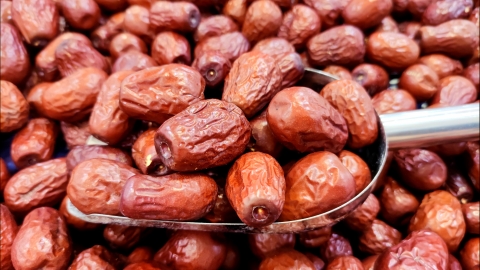Can I eat red dates during my menstrual period?
Generally speaking, it is safe to eat red dates during menstruation as long as consumption is moderate. Detailed explanations are as follows:

Red dates are rich in iron, which helps replenish blood components lost during menstruation and assists in preventing and alleviating iron-deficiency anemia, reducing symptoms such as fatigue and dizziness. Additionally, red dates contain carbohydrates such as glucose and sucrose, which can quickly replenish energy and relieve fatigue during menstruation. The vitamin C and various minerals they contain help maintain normal physiological functions and aid in recovery during menstruation. Moderate consumption does not negatively affect menstrual health.
When consuming red dates, it is important to control the quantity—about 3–5 dates per day is recommended. Excessive consumption may cause bloating or blood sugar fluctuations, especially for women with elevated blood sugar levels, who should be cautious. It is advisable to consume red dates in mild forms such as cooking in porridge, steeping in water, or eating raw, and to avoid combining them with spicy or cold ingredients. If experiencing severe dysmenorrhea, excessive menstrual flow, or indigestion during menstruation, consumption should be reduced or temporarily stopped while observing the body's reaction. Prior to consumption, red dates should be thoroughly washed to remove surface impurities and ensure food safety.








